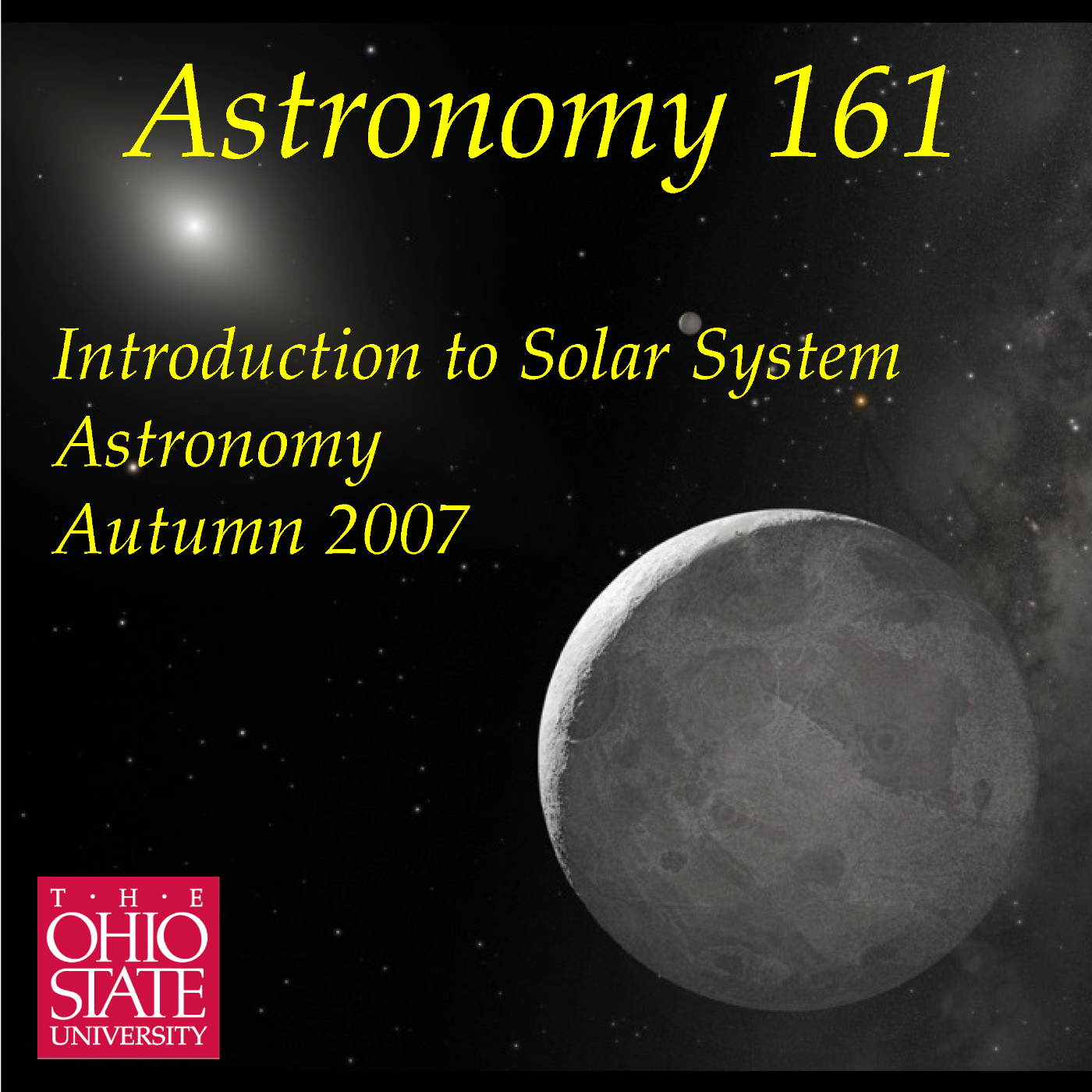Lecture 39: The Moons of Jupiter
Description
Jupiter has its own personal solar system in miniature of 63 known
moons. Most are tiny, irregular bodies that are a combination of
captured asteroids and comets, but it is the 4 largest, the giant
Galilean Moons: Io, Europa, Ganymede, and Callisto, that is of greatest
interest to us in this lecture. Each is a fascinating world of its own,
with a unique history and properties: volcanically active Io, icy Europa
which may hide an ocean of liquid water beneath the surface, the grooved
terrain of Ganymede, and frozen dirty Callisto with the most ancient
surface of the four. Recorded 2007 Nov 19 in 1000 McPherson Lab on the
Columbus campus of The Ohio State University.
More Episodes
A new podcast, Astronomy 141, Life in the Universe, is available
for those interested in continuing an exploration of topics in
modern astronomy.
Published 12/06/09
Published 12/06/09
Are we alone in the Universe? This lecture explores the question of how
we might go about finding life on planets around other stars. Rather
than talking about speculative ideas, like the Drake Equation or SETI, I
am instead taking the approach of posing it as a problem of what to look
for...
Published 11/30/07


